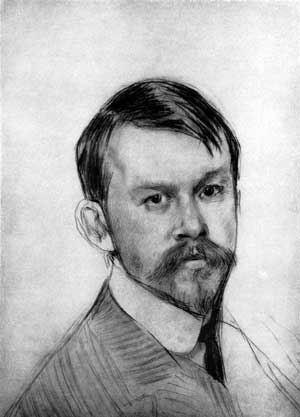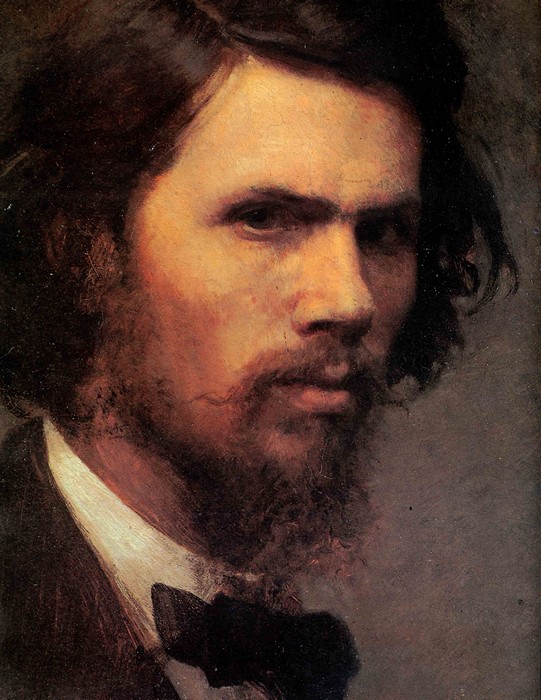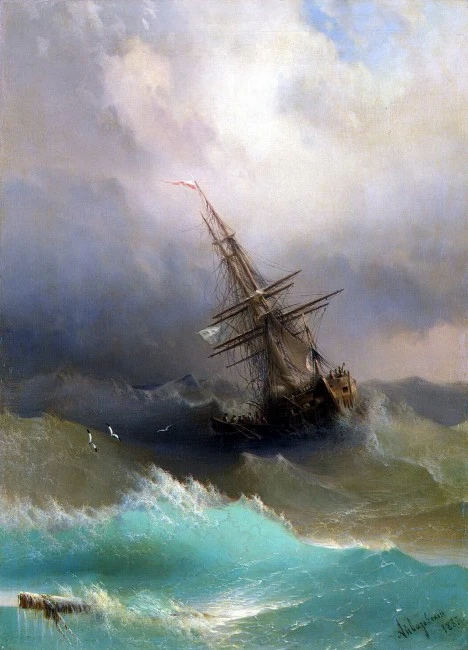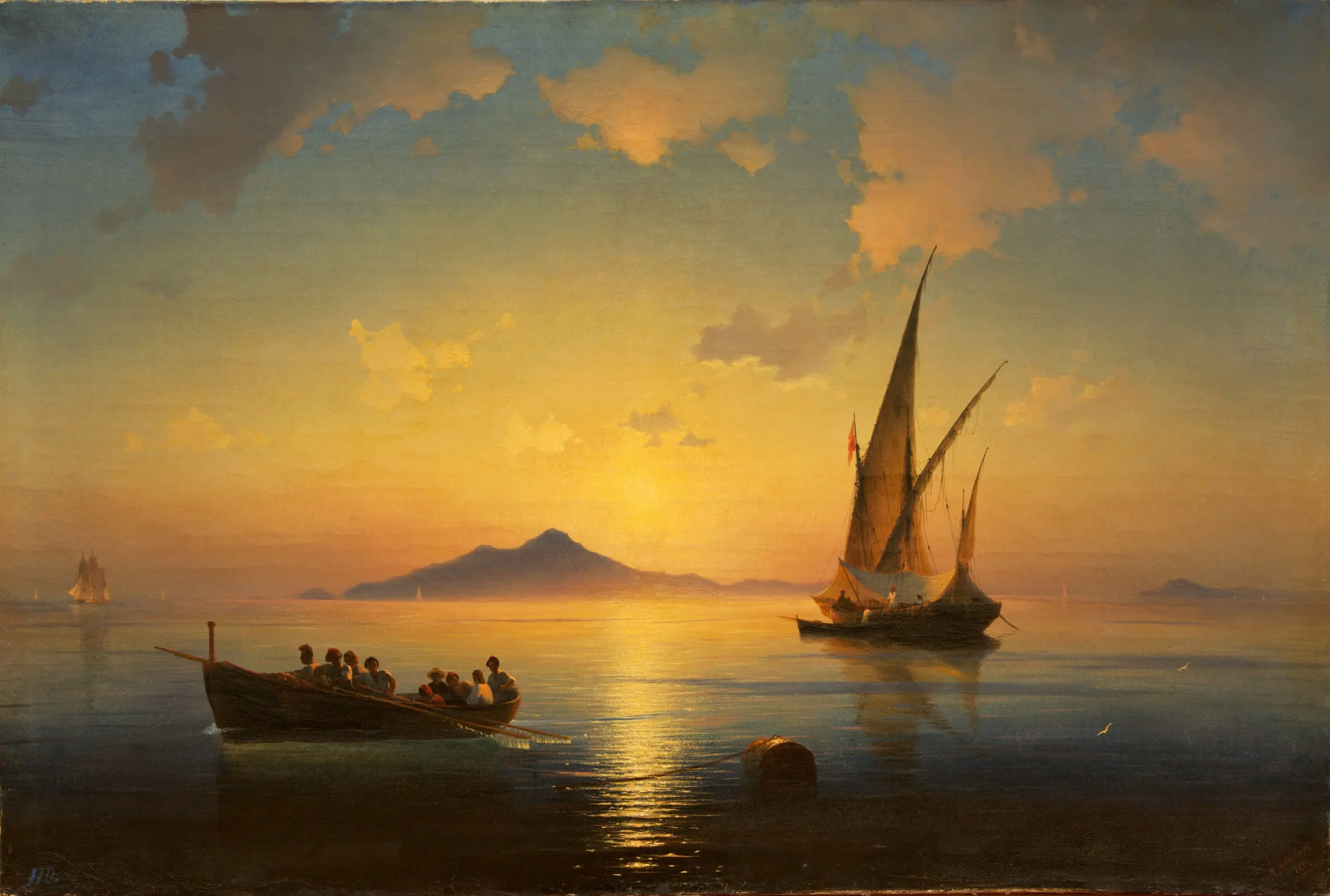Ivan the Terrible and His Son Ivan Painting by Ilya Repin
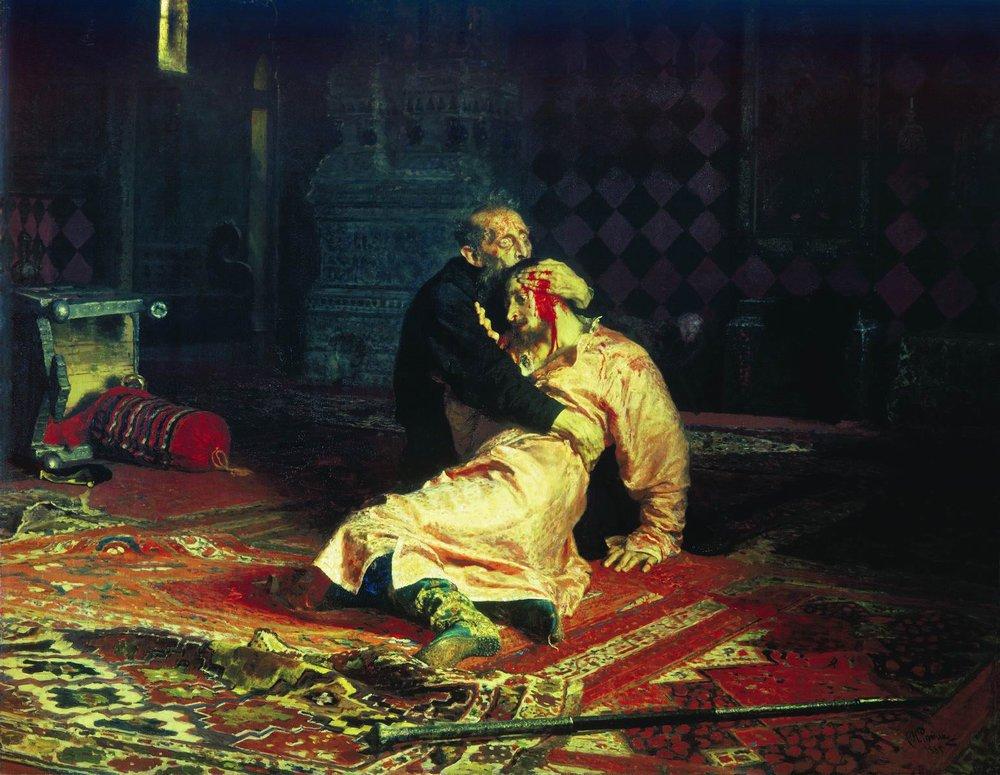
One can hardly find any painting by Repin that would be more famous. It impresses the viewer in a really stunning manner. The situation itself is monstrous. Tsar Ivan the Terrible killed his son Ivan, thereby breaking interrupting the Rurik dynasty, which had ruled Russia since the 9th century.
The tragic moment of insight and awareness of the deed is shown to the viewer in its entirety. The tsar is in a panic, before us is not an autocratic ruler, but an old man distraught with grief and horror. Firmly grasping the dead body of his son, he tries to close the wound on his temple, from which scarlet blood is still running. He is desperately trying to fix the irreparable.
The figures of a dead son and a living king are shown as opposed to each other. Compositionally, the painting is built in such a manner that at first attention is drawn to a dead body, a second ago, full of strength, energy, life. Then the viewer sees the mad eyes of the killer father. The bony hands, the cadaverous yellowness of the formidable king's face speak of a dead spiritual essence. They seemed to have changed places: dead Ivan the son and still alive Ivan the father.
The atmosphere of sticky horror is completed by the furnishings of the royal chambers, including red carpets, an overturned chair, a murder weapon (the royal staff), red walls. One gets the impression that blood is everywhere. The shadow of a crime witness is barely visible in the doorway. Another moment and people will appear in the chambers to hide all traces of the murder.
A frame on the wall is an interesting detail. The artist allows the viewer to independently think out the purpose of this frame. It is impossible to make out her in the twilight of the chambers. Is that a picture? Mirror? Icon? Rather, a mirror that does not reflect what is happening. Since the undead are not reflected in the mirror, the Slavs believed in this since time immemorial.
Comments (0)
Top
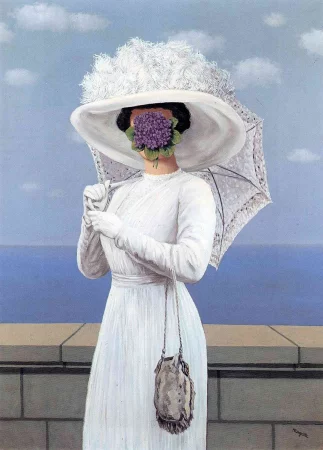 Painting The Great War, Rene Magritte - Meaning and Analysis
Painting The Great War, Rene Magritte - Meaning and Analysis
The Great War - Rene Magritte. Canvas, oil. 81 x 60 cm...
10.10.23
1 480
0
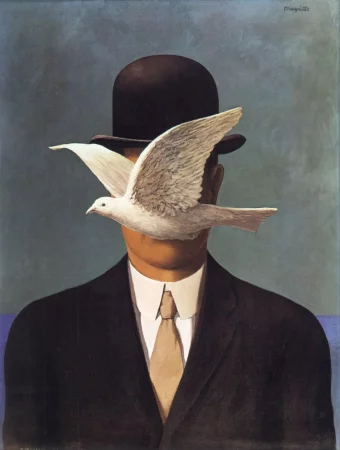 The man in the bowler hat, Rene Magritte
The man in the bowler hat, Rene Magritte
The man in the bowler hat - Rene Magritte. Canvas, oil. 70 x 50 cm...
06.09.23
3 255
0
